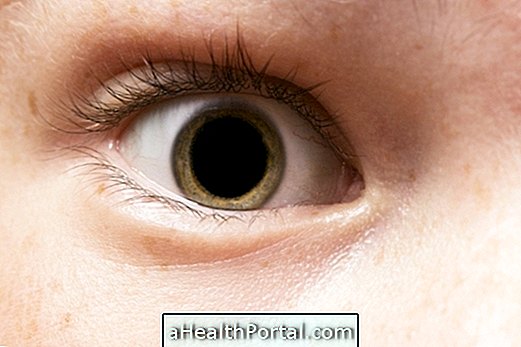Diplopia is the double vision that happens when the eyes are not aligned correctly, transmitting images of the same object to the brain, but from different angles. Individuals with diplopia can not fuse the images of both eyes into a single image, creating the sensation that one sees two objects instead of one.
The most common types of diplopia are:
- Diplopia monocular: Double vision arises only in one eye, and when the healthy eye is closed the problem remains;
- Binocular Diplopia: Double vision disappears by closing either eye.
In addition there is also the Diplopia horizontal, when the image appears doubled to the sides and the Diplopia vertical, when the image is replicated up or down.
The double vision has a cure, and the person can see it again in a focused way but its treatment varies depending on its cause, so it should always be indicated by an ophthalmologist.


Main causes of double vision
The causes of diplopia range from simple problems to serious diseases, and may include:
- Misalignment of eyes;
- Head bumps;
- Vision problems, such as strabismus, myopia or astigmatism;
- Dry eye, Cataract;
- Diabetes, Multiple sclerosis;
- Muscle problems, such as myasthenia;
- Brain lesions, Brain tumor, Stroke.
Another common cause of double vision is excessive use of alcohol or drugs. However, the individual should consult an ophthalmologist whenever the problem persists.
Treatment for double vision
The treatment for diplopia is to eliminate its cause and therefore it is important that the ophthalmologist assess the problem in order to indicate the most appropriate specialist physician. However, in most cases, diplopia can be easily corrected with eye exercises, or also through the use of glasses, lenses, or surgery to correct vision problems.























